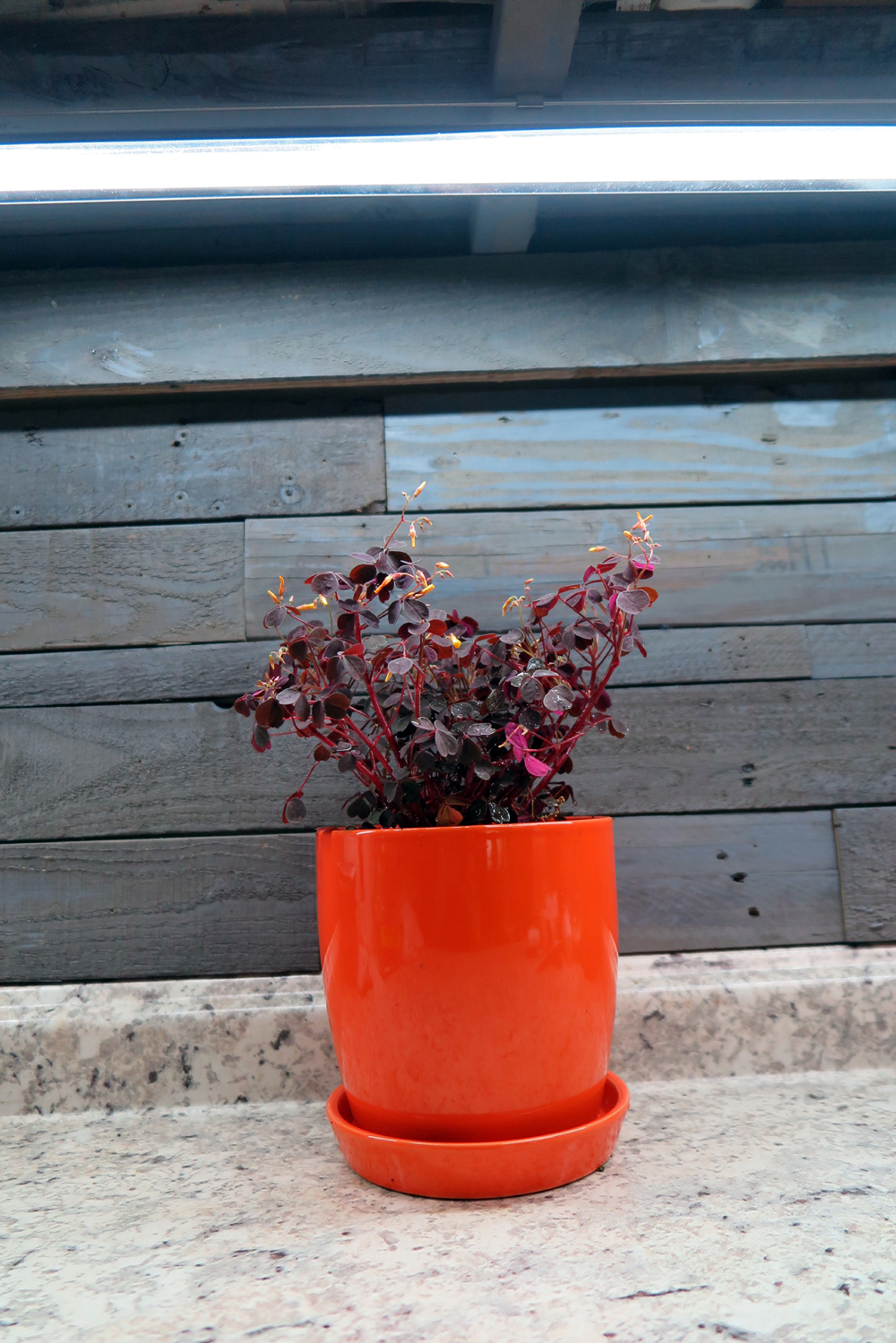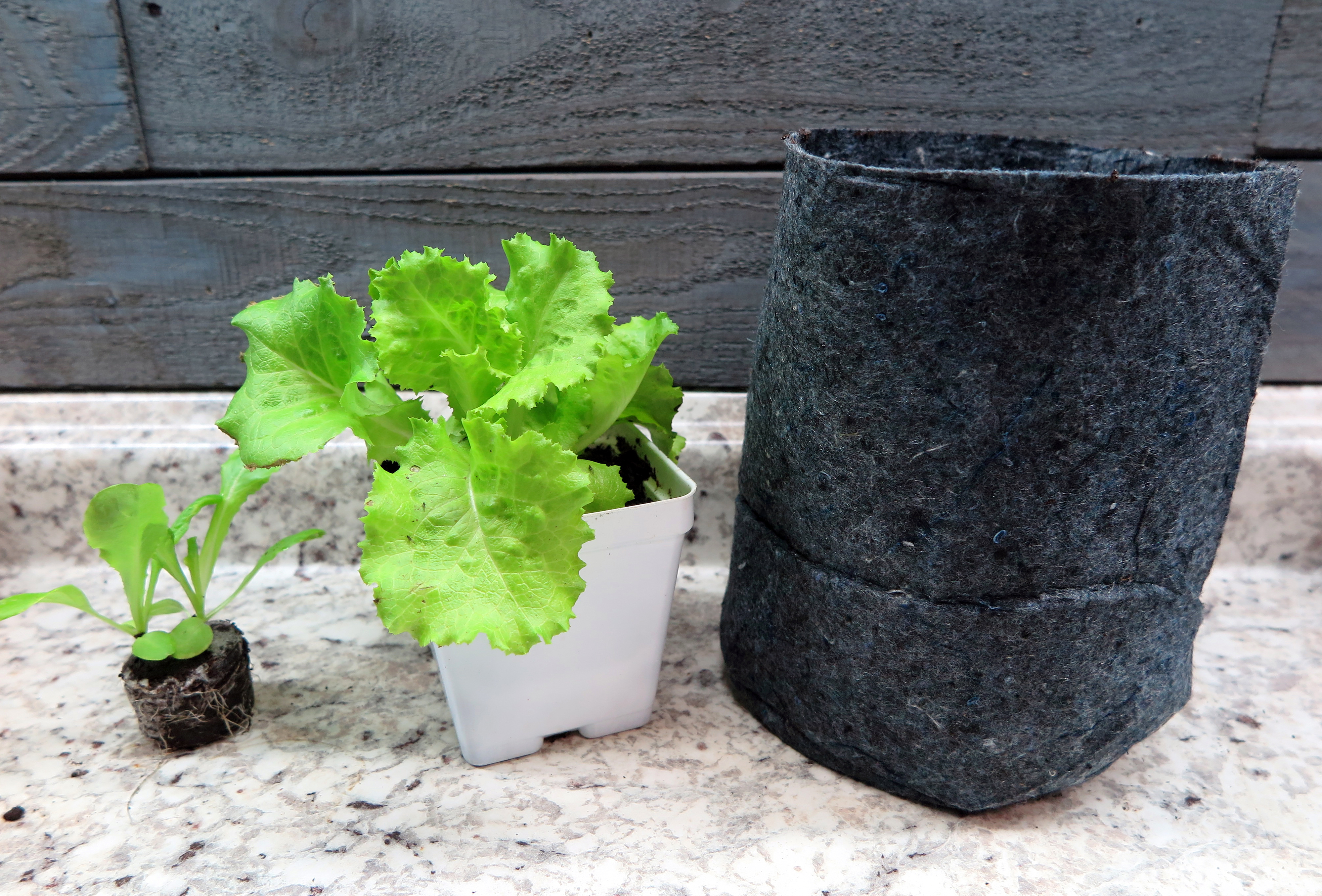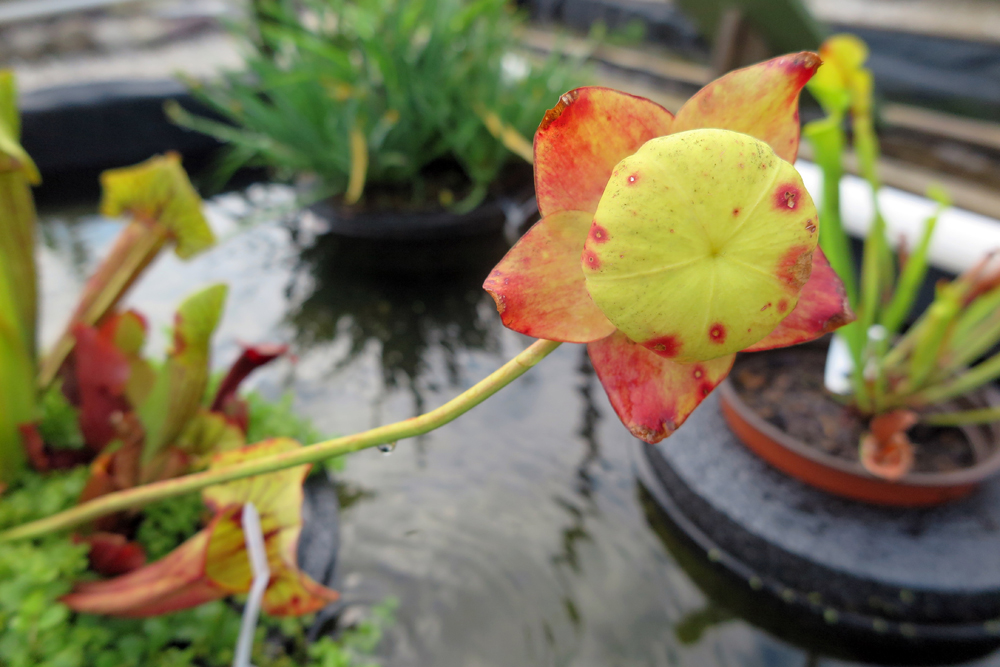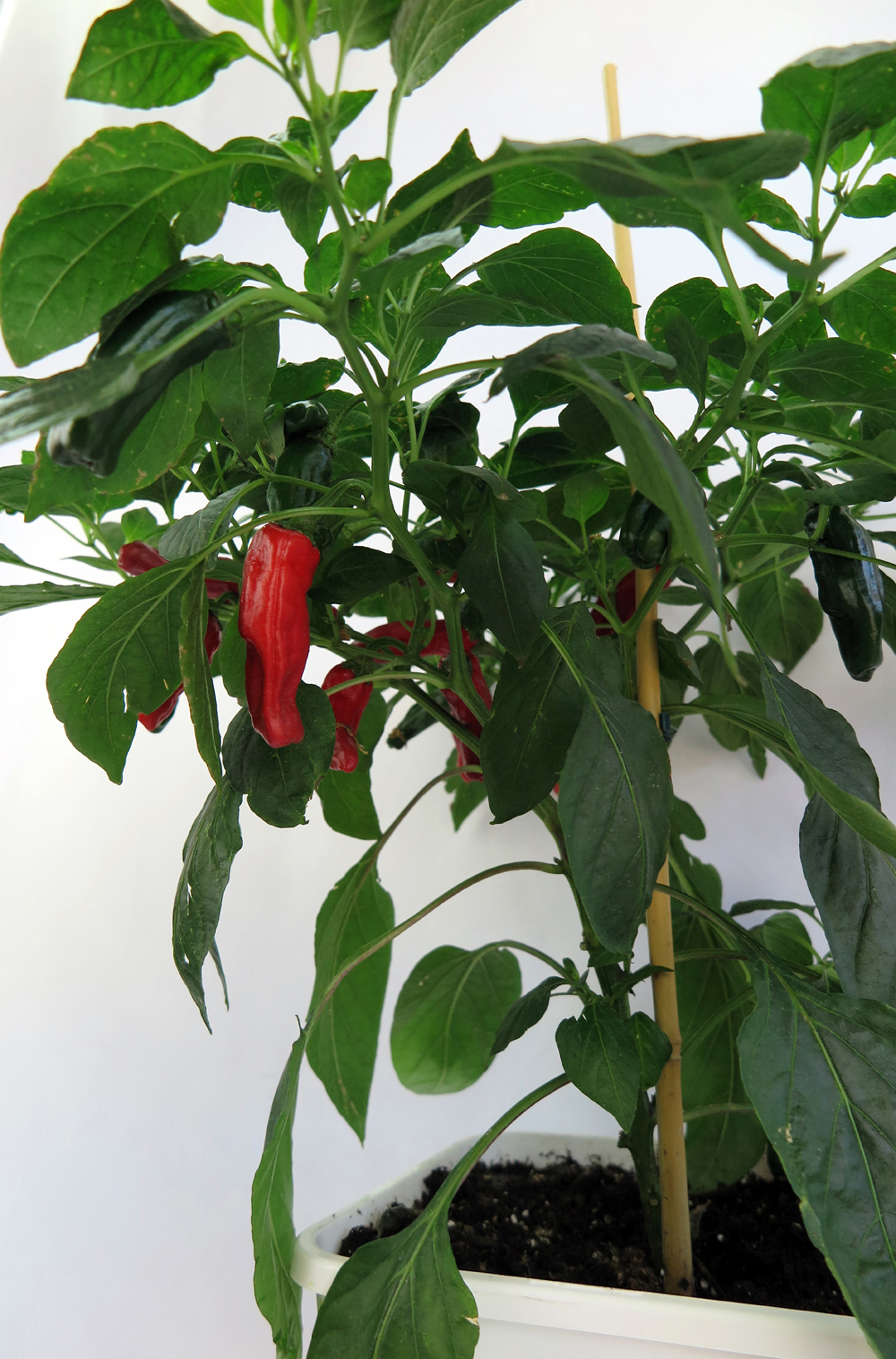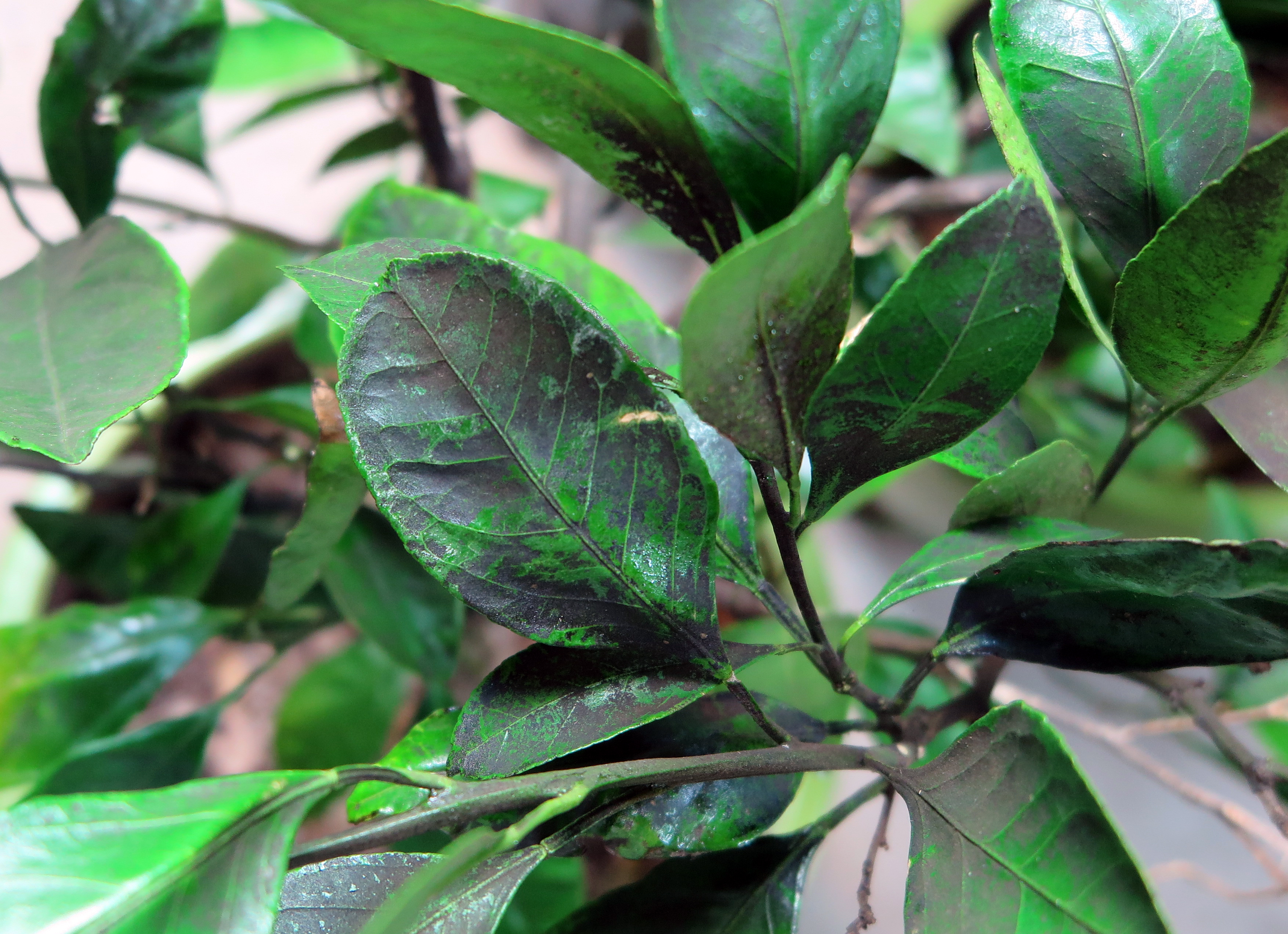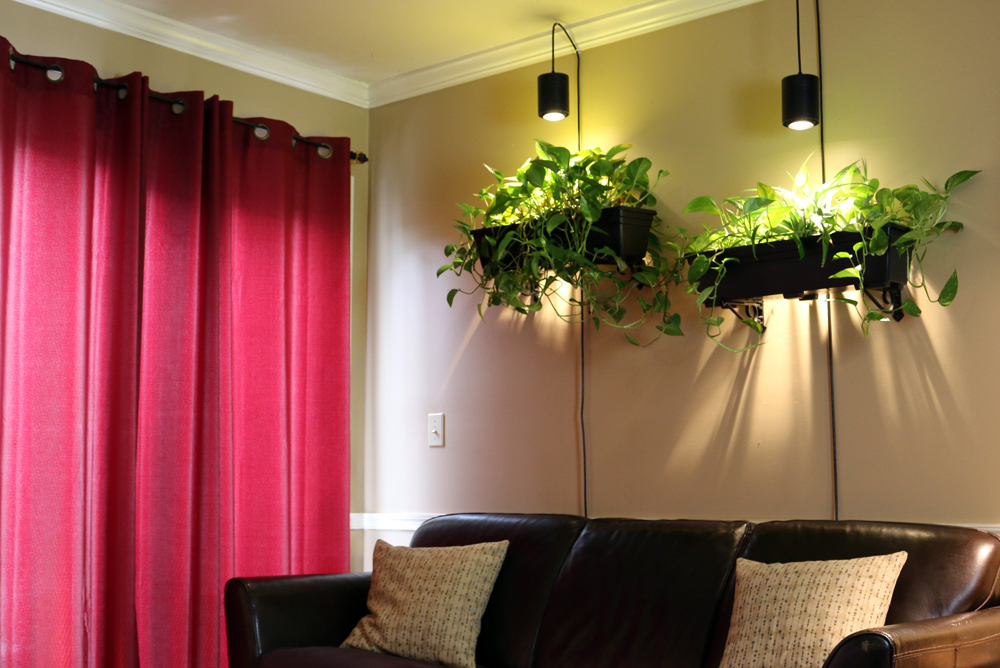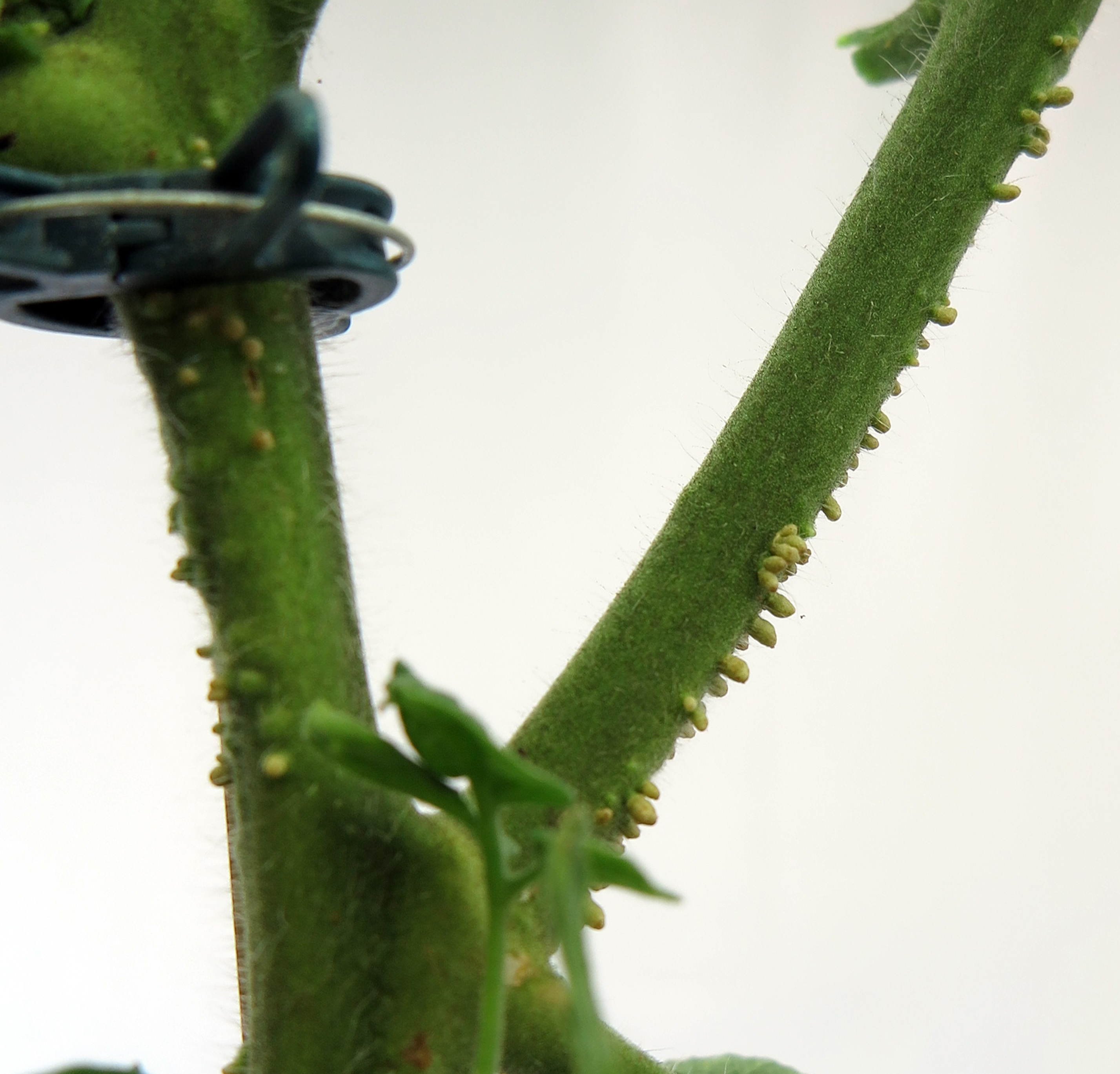What are Microgreens?
August 22, 2018
You might be wondering, what exactly are microgreens? Are they the same things as sprouts? Microgreens are the seedling sprouts of many different types of vegetables and herbs, including spinach, kale, chard, beets, arugula, basil, lettuce, broccoli, cilantro, and others.
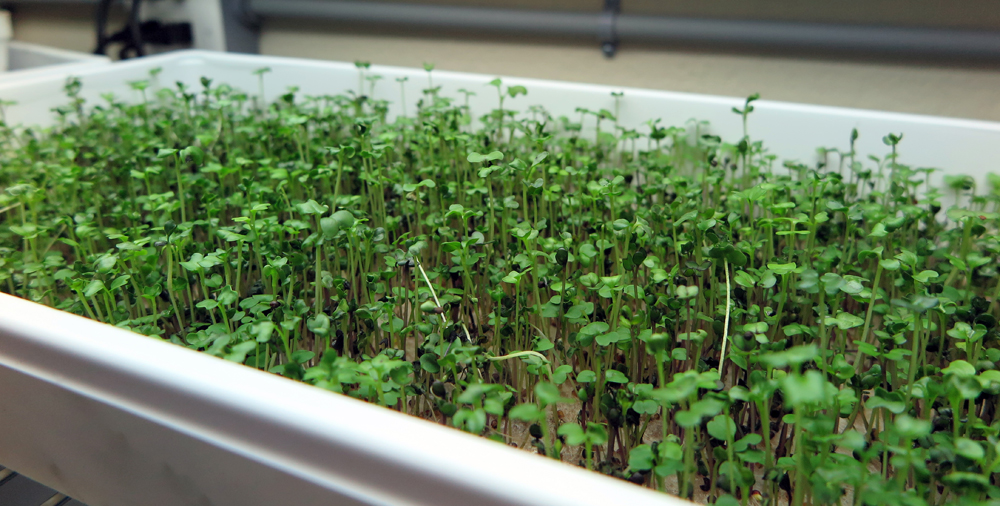
PC: Leslie F. Halleck
The difference between microgreens and sprouts is that microgreens are a bit older than sprouts and have developed at least a couple of true leaves and a small root system. You'll harvest and eat microgreens a little later, after they've developed true leaves - whereas sprouts are eaten right after they germinate.
New BOOK! Gardening Under Lights: The Complete Guide for Indoor Growers

